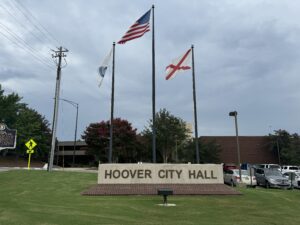Alabama among 2020’s worst states for young adults, ranks high for at-risk youth

Growing up can be hard — without a stable home, positive role models, and tools for success, many young Americans fall behind their peers and experience a rocky transition to adulthood. Today, about one in nine individuals between the ages of 16 and 24 are neither working nor attending school. The challenges of growing up are especially true in Alabama, where a new WalletHub study found the state to be 2020’s 7th worst state for young adults. The findings are part of the personal finance website’s latest report, 2020’s States with the Most At-Risk Youth. To determine the places where young adults are not faring as well as others in the same age group, WalletHub compared the 50 states and the District of Columbia across 16 key indicators of youth risk. Our data set ranges from share of disconnected youth to labor force participation rate among youth to youth poverty rate. Read on for our findings, insight into the future of America’s young population, and a full description of our methodology. At-risk youth in Alabama (1= most at risk; 25= avg.): 7th: % of disconnected youth 13th: % of youth without a high school diploma 24th: % of overweight and obese youth 12th: youth labor force participation rate 12th: youth poverty rate 25th: % of homeless youth Source: WalletHub
Alabama ranks among 2020’s most dangerous states in America

Alabama is one of the most dangerous states in the nation, according to a new report from the personal-financial website WalletHub. According to their new report, 2020’s Safest States in America, the Yellowhammer state ranks the 8th most dangerous state in the country. In order to determine the most secure states, WalletHub compared the 50 states across 53 key metrics. The data set ranges from the state’s coronavirus support to assaults per capita and the unemployment rate. Safety in Alabama (1= safest; 25= avg.) 39th – WalletHub “states offering the most coronavirus support” score 46th – Murders & non-negligent manslaughters per capita 46th – Assaults per capita 40th – Loss amounts from climate disasters per capita 32nd – Fatal occupational injuries per 100,000 full-time workers 36th – Fatalities per 100 million vehicle miles of travel 18th – Law-enforcement employees per capita 34th – Sex offenders per capita 33rd – Share of uninsured population Mississippi was ranked the least-safe state in America, meanwhile Maine the safest. See how Alabama compares to the rest of the country: Source: WalletHub
Loan and mortgage relief searches spike in Alabama Alabama amid coronavirus pandemic

The coronavirus pandemic has deeply disrupted the U.S. economy, which in turn has hurt the incomes of many Americans and Alabamians alike. Businesses across the country have been forced to lay off workers as they struggle to survive during the crisis, which led more than 22 million Americans filing for unemployment since mid-March. In order to determine where people are most in need of loans as a result of the coronavirus pandemic, personal finance site WalletHub combined internal credit report data with data on Google search increases for three loan-related terms in the 50 states and the District of Columbia and found Alabama ranks the 4th highest state with people searching for loans and financial relief during this pandemic. Alabama residents’ need for loans due to COVID-19 (1=biggest need; 25=avg.): 18th – “Loans” search interest index 11th – “Payday loans” search interest index 16th – “Home equity loan” search interest index 2nd – Change in average inquiry count April 6, 2020 vs. January 1, 2020 Here’s how the state compares to the rest of the country.
Alabama ranks 2020’s 4th worst state for women

Today is International Women’s Day. In recognition, personal-finance website WalletHub recently released its report on 2020’s Best & Worst States for Women and found Alabama is the 4th worst state for women in 2020. To identify the most women-friendly states, WalletHub compared the 50 states and the District of Columbia across 24 key indicators. Some of the considerations include wages, female homicide rate, women’s preventive health care, healthcare, graduation rates, women-owned businesses and more. Woman-friendliness of Alabama (1=Best, 25=Avg.): 28th: Median earnings for female workers (adjusted for cost of living) 33rd: Unemployment rate for women 46th: Share of women in poverty 26th: Share of women-owned businesses 47th: High school graduation rate for women 41st: Share of women who voted in 2016 presidential election 34th: Female uninsured rate 49th: Women’s life expectancy at birth 21st: Women’s preventive health care Here’s a look how Alabama compares to the rest of the country. Source: WalletHub a
New study reveals immigration fails to benefit Alabama economy
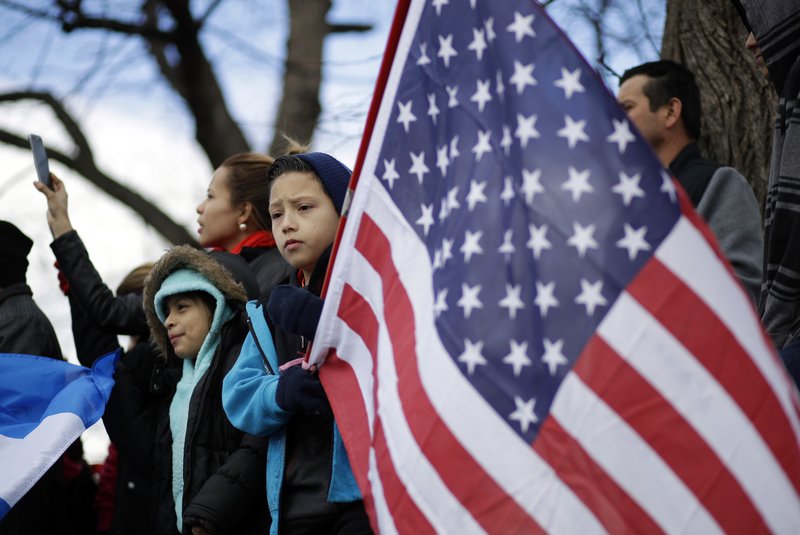
The economic impact of immigrants entering the United States benefits Alabama very little, according to a recently released analysis from the personal-finance website WalletHub. With immigration reform remaining one of the biggest policy issues in 2020, WalletHub recently released its report on 2020’s Economic Impact of Immigration by State and found Alabama ranks 40th, out of 50 states, in terms of how much immigration benefits the state’s economy. In their study, WalletHub analysts compared the economic impact of foreign-born populations on the 50 states and the District of Columbia. They determined which states benefit the most — and least — from immigration using 23 key indicators across four key dimensions: 1) Immigrant Workforce, 2) Socioeconomic Contribution, 3) Brain Gain & Innovators and 4) International Students. Here’s how Alabama compares to the rest of the country: Source: WalletHub The top three states where immigrants had the greatest economic impact were New York, Connecticut and New Jersey. Meanwhile, Idaho, Wyoming and Mississippi had the very least benefit.
Alabama ranks 2019’s 5th worst state to raise a family
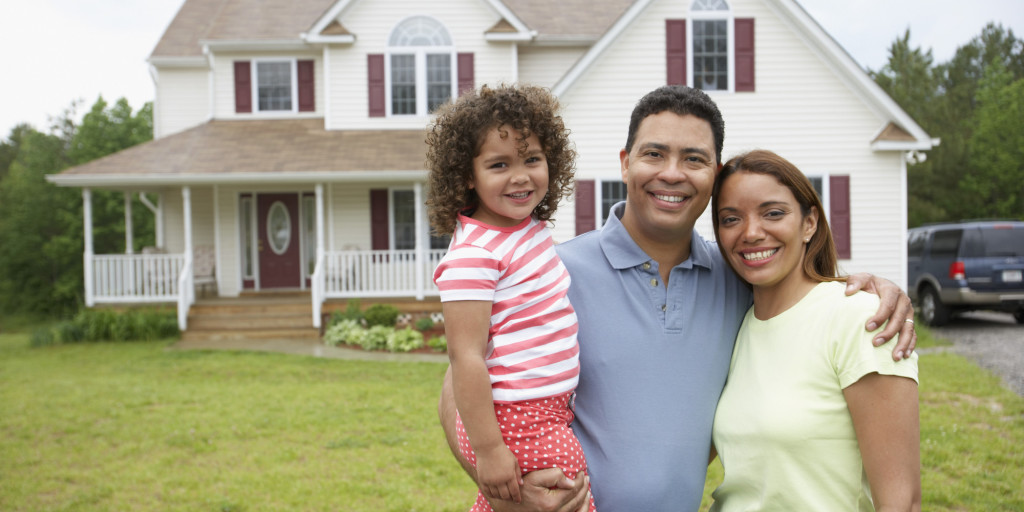
With the worst infant mortality rate in the country, a high number of separations and divorce, and an unnerving violent crime rate, Alabama has been ranked as the fifth worst state in the nation in a new report a new report by personal finance website WalletHub on the best and worst places to raise a family. To determine the best states in which to put down family roots, WalletHub compared the 50 states across five key dimensions — 1) Family Fun, 2) Health & Safety, 3) Education & Child Care, 4) Affordability and 5) Socio-economics — across 49 key indicators of family-friendliness. The data set ranges from median family salary to housing affordability to unemployment rate. Each metric was graded on a 100-point scale, with a score of 100 representing the most favorable conditions for family life. Here’s how Alabama ranked (1= best; 25= avg.): 40th: % of families with young kids 50th: Infant-mortality fate 35th: Median family Salary (adjusted for cost of living) 43rd: Violent-crime rate 46th: % of Families in poverty 16th: Housing affordability 29th: Unemployment rate 44th: Separation & divorce rate See how Alabama compares to the rest of the country: Source: WalletHub Best states for families: 1. Minnesota 2. Massachusetts 3. North Dakota 4. Vermont 5. New Hampshire 6. New York 7. Wisconsin 8. New Jersey 9. Rhode Island 10. Nebraska Worst states for families: 41. Georgia 42. Oklahoma 43. South Carolina 44. Arkansas 45. Nevada 46. Alabama 47. West Virginia 48. Louisiana 49. Mississippi 50. New Mexico
Alabama ranks as 2018’s 3rd least energy-efficient state

When it comes to energy efficiency, it’s safe to say Alabama has a lot of room for improvement. According to a new report by personal finance site WalletHub, on 2018’s Most & Least Energy-Efficient States, Alabama ranks the third least energy-efficient state in the country. With energy being of the biggest household expenses, that’s not good news for families in the Yellowhammer State. Energy efficiency in Alabama (1= most energy-efficient; 24= avg.) 44th: Home energy efficiency 9th: Vehicle-fuel efficiency 47th: Transportation efficiency According to the U.S. Department of Energy (DOE), the average U.S. family spends at least $2,000 per year on utilities, with heating and cooling of spaces alone accounting for more than half the bill. In 2018, the average consumer spent another $1,968 on motor fuel and oil, up $59 from last year. The DOE estimates that adopting energy-efficient measures in the home could reduce a family’s utility costs by as much as 25 percent. In order to gauge the impact of doing more with less energy, WalletHub measured the efficiency of auto- and home-energy consumption in 48 U.S. states. Due to data limitations, Alaska and Hawaii were excluded from our analysis. Read on for our findings, expert insight from a panel of researchers and a full description of our methodology. Here’s how Alabama compares to the rest of the country: Source: WalletHub
These are the best colleges in Alabama, according to a new 2019 ranking

In a fierce global economy, a college degree can help secure employment and keep you ahead of the competition. And though success ultimately rests on students’ own determination and performance, the quality of the schools they choose can certainly have an impact. Which is why with the first “early decision” college-application deadline looming on Nov. 1 and tuition costs having more than doubled since the 1980s, personal-finance website WalletHub on Monday released its 2019’s Best College & University Rankings. In its 2019 roundup, WalletHub compared nearly 1,000 higher-education institutions in the U.S. based on 30 key measures grouped into seven categories, such as Student Selectivity, Cost & Financing and Career Outcomes. The data set ranges from student-faculty ratio to graduation rate to post-attendance median salary. Recognizing the challenge of predicting future outcomes, WalletHub’s Best Colleges ranking also analyzes post-attendance metrics — the student-loan default rate and the share of former students out-earning high school graduates, for instance — to show the value of the education students can expect to receive beyond their undergraduate studies. Top 10 colleges and universities in Alabama 1 University of West Alabama 6 Auburn University 2 University of Montevallo 7 Samford University 3 University of Alabama 8 Spring Hill College 4 University of Alabama-Huntsville 9 University of North Alabama 5 Birmingham-Southern College 10 Jacksonville State University With that in mind, here’s a closer look at the top three Alabama schools and how each performed in certain metrics: School snapshot: University of West Alabama (1 = best; 12 = average; 23 = worst) 1st: Admission Rate 5th: Net Cost 4th: Student-Faculty Ratio 5th: On-Campus Crime 1st: Gender & Racial Diversity 17th: Graduation Rate 11th: Post-Attendance Median Salary School snapshot: University of Montevallo (1 = best; 12 = average; 23 = worst) 13th: Admission Rate 11th: Net Cost 6th: Student-Faculty Ratio 7th: On-Campus Crime 13th: Gender & Racial Diversity 8th: Graduation Rate 17th: Post-Attendance Median Salary School snapshot: University of Alabama (1 = best; 12 = average; 23 = worst) 9th: Admission Rate 20th: Net Cost 23rd: Student-Faculty Ratio 9th: On-Campus Crime 15th: Gender & Racial Diversity 3rd: Graduation Rate 6th: Post-Attendance Median Salary Here’s a look at how Alabama schools compared to the rest of the country: Source: WalletHub
Alabama is 2018’s 9th least financially savvy state
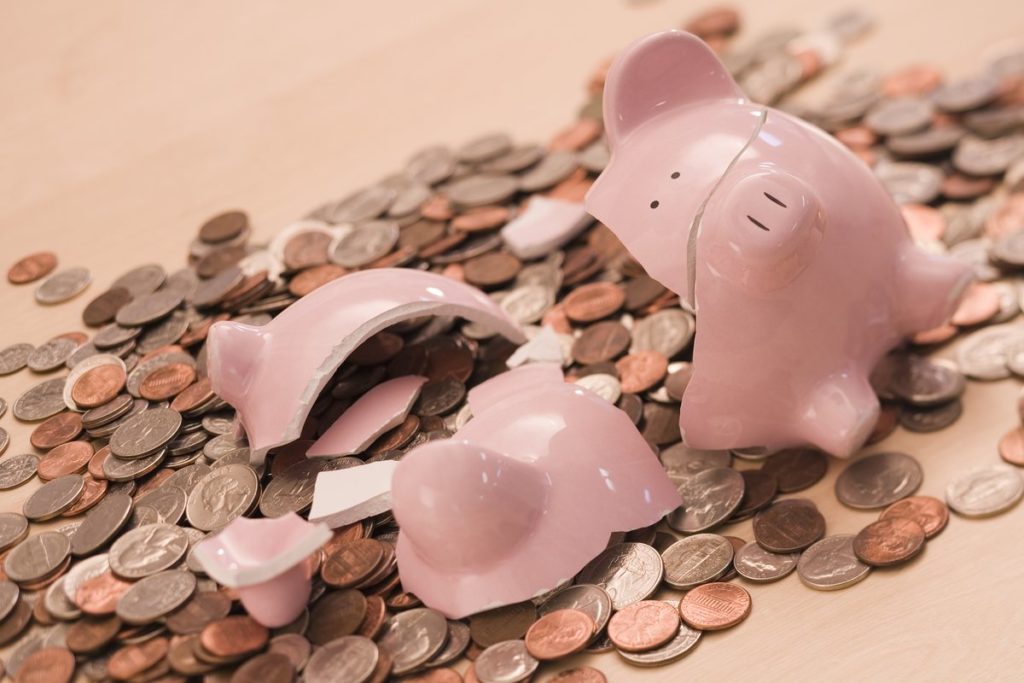
October is National Financial Planning Month (yes, apparently that’s a thing) and the Yellowhammer State has ranked near the bottom of the list when it comes to being a Financially Savvy State. “Financial literacy is key to sound financial health. But financial savvy is what differentiates the comfortable from the truly stable,” wrote WalletHub. “Unfortunately, a staggering lack of money smarts plagues Americans, according to a study on financial literacy conducted by the National Foundation for Credit Counseling.” Which is why personal finance website WalletHub, conducted a study on 2018’s Most & Least Financially Savvy States. In order to determine where Americans practice the best money habits, WalletHub compared the 50 states and the District of Columbia across 24 key metrics that speak to their residents’ financial savvy or the lack thereof. The data set ranges from annual savings-account average to personal-bankruptcy rate to credit-card debt as a share of income. Financial savvy in Alabama (1= most; 25= avg.) 50th: Median credit score 31st: Foreclosure Rate 50th: % of credit usage 32nd: Housing expenses as % of median home price 49th: % of unbanked households 42nd: Delinquency rate on mortgages, auto loans, student loans and credit cards 41st: % of adults with rainy-day funds 24th: Total debt as % of median income Massachusetts, New Hampshire, and North Dakota took the top three spots for financial savviness, meanwhile, West Virginia, Arkansas, and Mississippi placed in the bottom three. Here’s how Alabama compares to the rest of the country: Source: WalletHub
Study: Alabama has the 8th worst school system in America
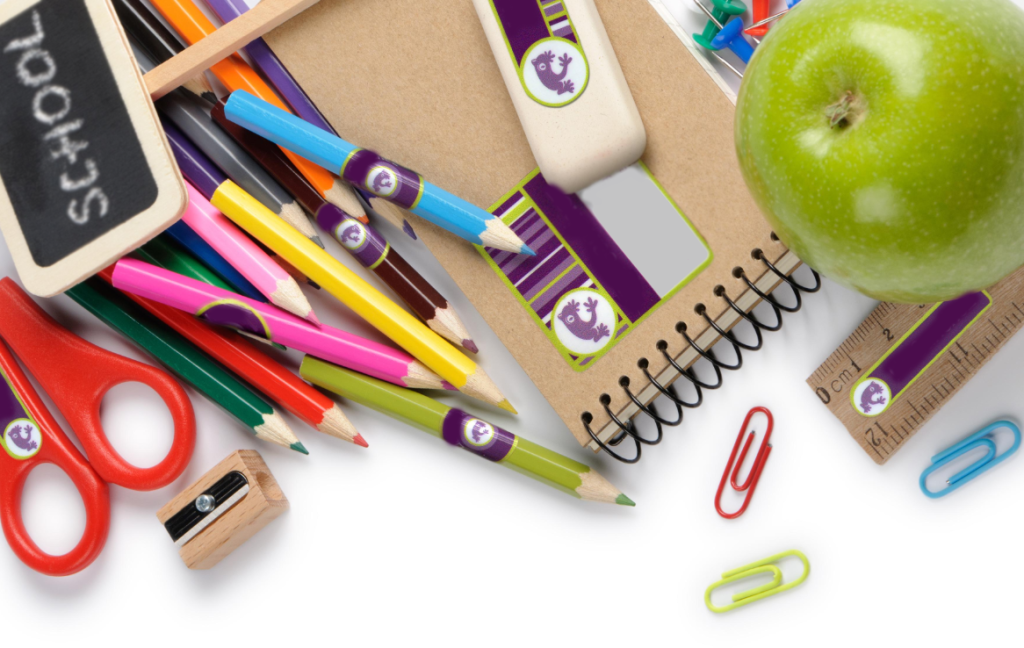
Alabama has been ranked the 8th worst school system in the United States in a new report titled 2018’s States with the Best & Worst School Systems released Monday by the personal-finance website WalletHub. Unlike other research that focuses primarily on academic outcomes or school finance, WalletHub’s analysis takes a more comprehensive approach. It accounts for performance, funding, safety, class size and instructor credentials. To determine the top-performing school systems in America, WalletHub compared the 50 states and the District of Columbia across 25 key metrics ranging from pupil-teacher ratio to dropout rate to median standardized-test scores Quality and safety of schools in Alabama (1= best; 25= avg.): 48th: Math test scores 45th: Reading test scores 43rd: Pupil-teacher ratio 22nd: Median SAT score 46th: Median ACT score 19th: % of licensed/certified public K–12 teachers 16th: Dropout rate 40th: % of threatened/injured high school students The study also ranked states based on spending, and Alabama was ranked 40th for spending, which may help explain why it’s overall ranking of 44 is so low. Source: WalletHub Here’s how Alabama compares to the rest of the country: Source: WalletHub
Alabama ranks 2018’s 4th most energy-expensive state
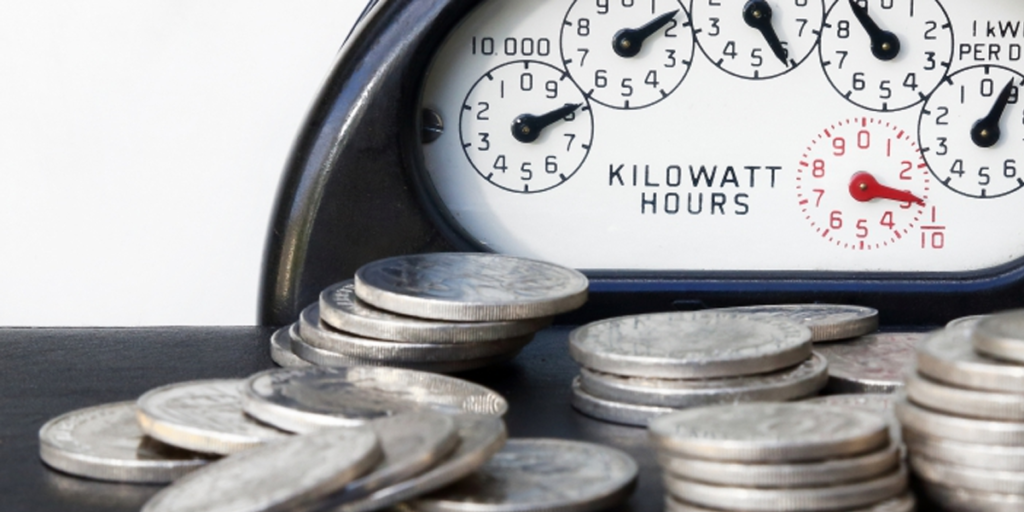
Energy is expensive. In fact, it’s one of the biggest household expenses for American consumers — costing between 5 and 22 percent of families’ total after-tax income. While energy prices are typically lower in the south, that doesn’t always equate to lower costs. Consumption is a key determinant in the total amount of an energy bill and in Alabamians usually don’t think twice before cranking up the A/C when they’re hot. With July typically being America’s most energy-expensive month, personal finance site WalletHub took a look at the total monthly energy bills in each of the 50 states and the District of Columbia to glean a better understanding of Americans’ energy costs relative to their location and consumption habits. WalletHub analysts used a special formula that accounts for the following residential energy types: electricity, natural gas, motor fuel and home heating oil. Energy consumption and costs in Alabama (1= most expensive; 25= avg.): Avg. monthly energy bill: $341 26th: Price of electricity 2nd: Electricity consumption per consumer 7th: Price of natural gas 8th: Motor-fuel consumption per driver Alabama is in good company with its neighbor-states. Georgia ranks the 3rd most energy-expensive state and Mississippi the 5th worst. Here’s how Alabama compares to the rest of the country: Source: WalletHub
Alabama ranks 2018’s 10th worst state to start a business

Starting a business is never easy — according to U.S. Bureau of Labor Statistics data, about a fifth of all startups typically don’t survive past year one of operation, and nearly half never make it to their fifth anniversary — but it may be especially difficult in Alabama. On Monday, personal finance site WalletHub ranked Alabama as the 10th worst state in its “2018’s Best & Worst States to Start a Business” report. The site compiled its list in effort to determine the most fertile grounds for planting and growing new ventures. A state that provides the ideal conditions for business creation — access to cash, skilled workers and affordable office space, for instance — can help new ventures not only take off but also thrive. WalletHub analysts compared the 50 states across 25 key indicators of startup success to determine the most fertile grounds in which to launch and grow an enterprise. Starting a business in Alabama (1= best; 25= avg.): 44th: Avg. growth in number of small businesses 18th: Office-space affordability 24th: Availability of human capital 47th: Industry variety 47th: Startups per capita The states that ranked worse than Alabama include Connecticut, Maryland, New Jersey, West Virginia, Pennsylvania, Vermont, Rhode Island, New Hampshire and Hawaii. The best states to start a business include Texas, Utah and and nearby Georgia and Florida. Here’s how Alabama compares to the rest of the country: Source: WalletHub

